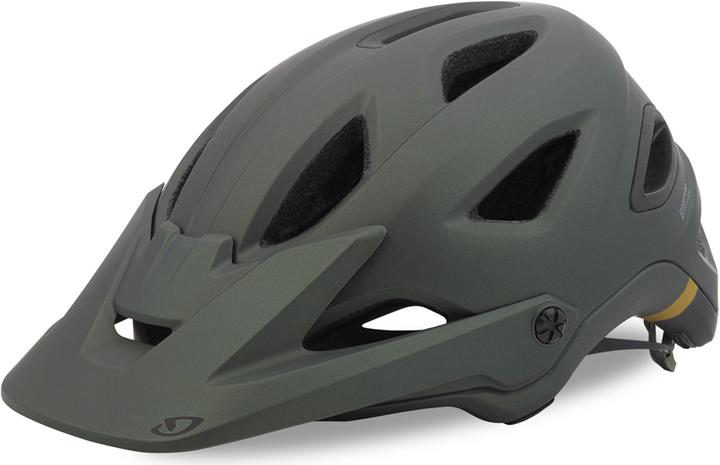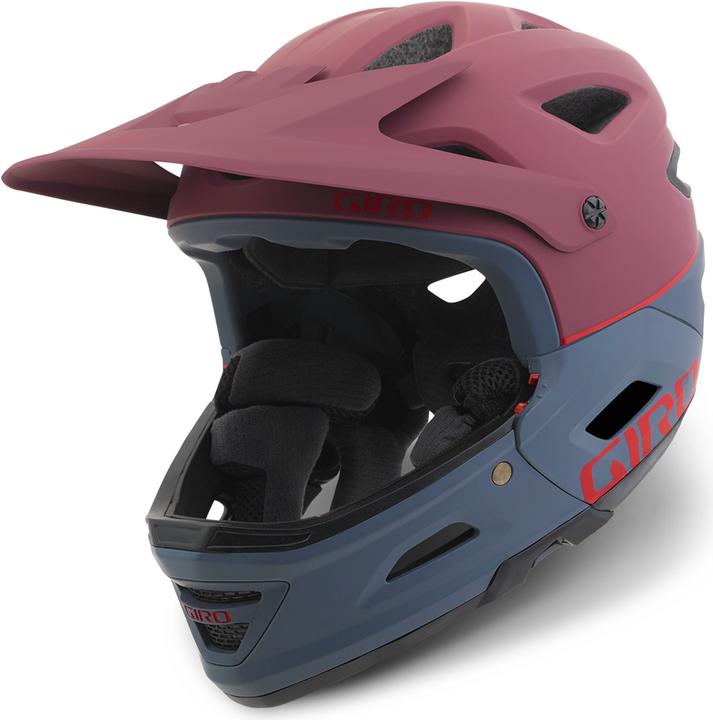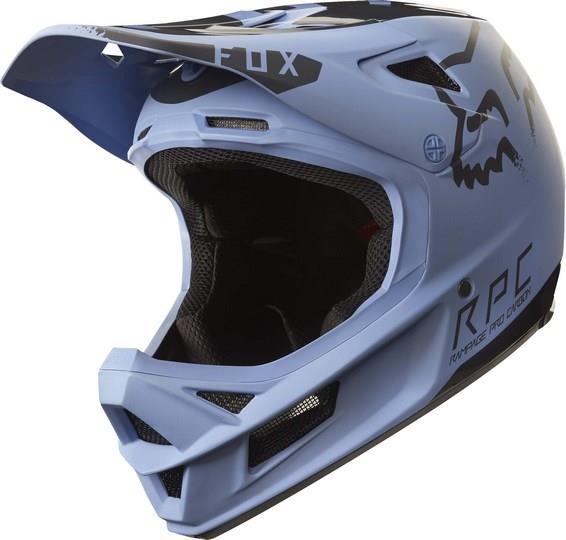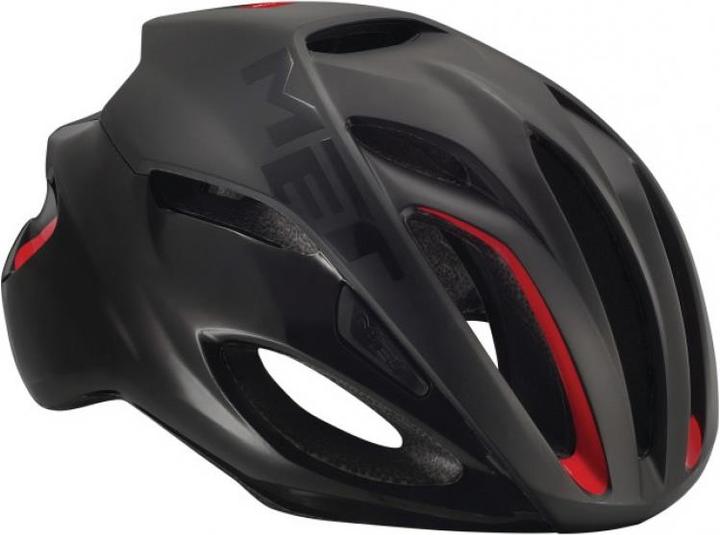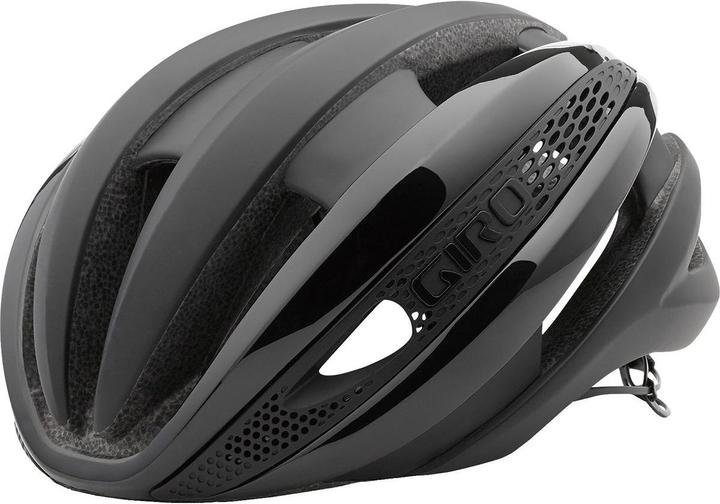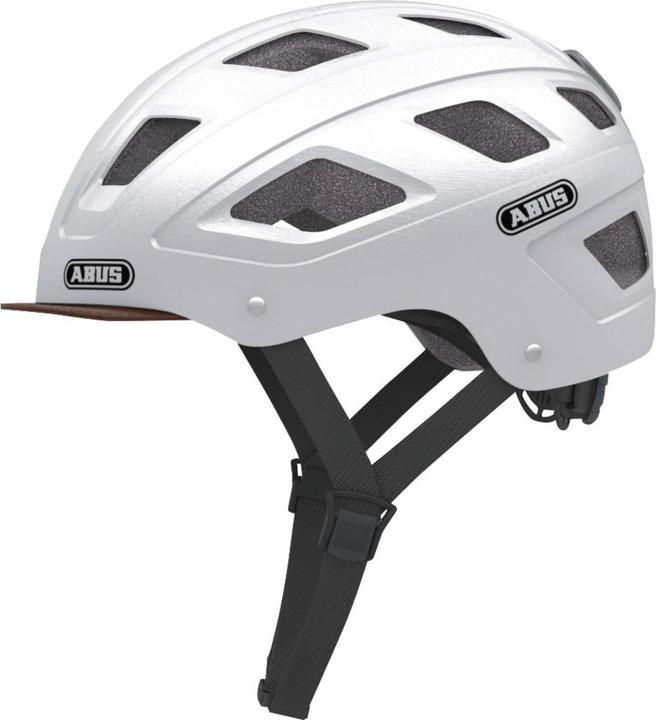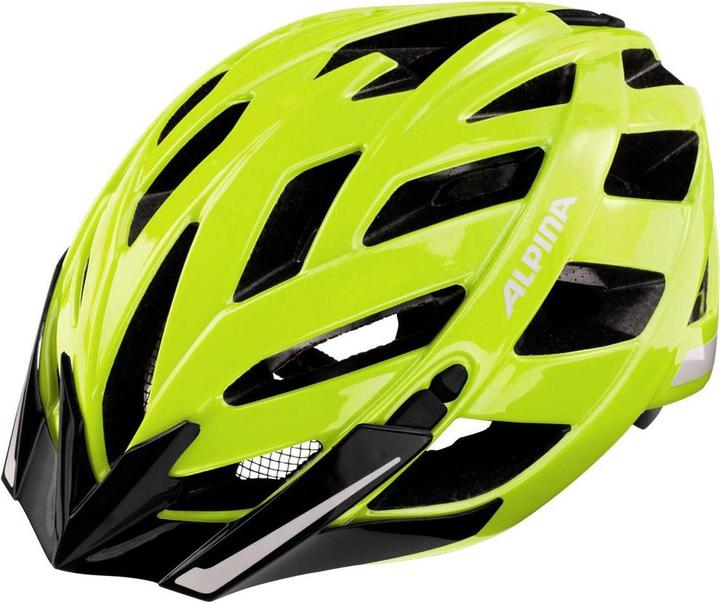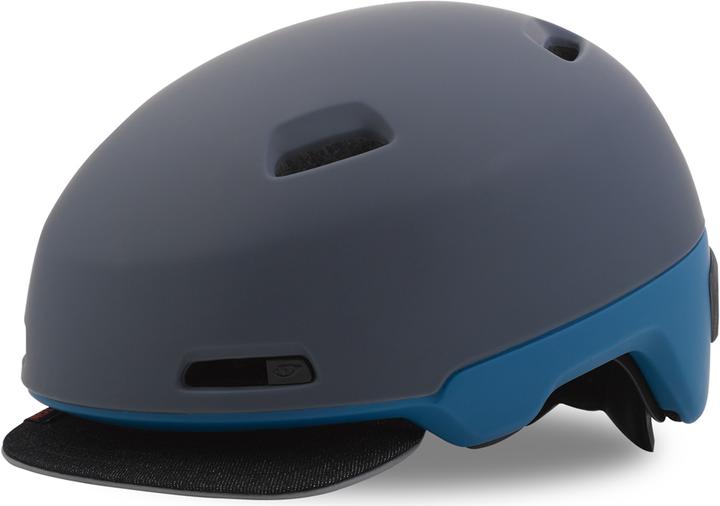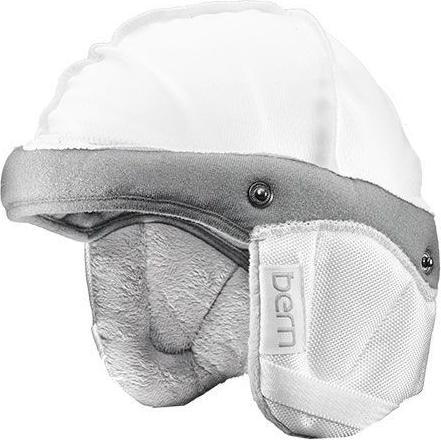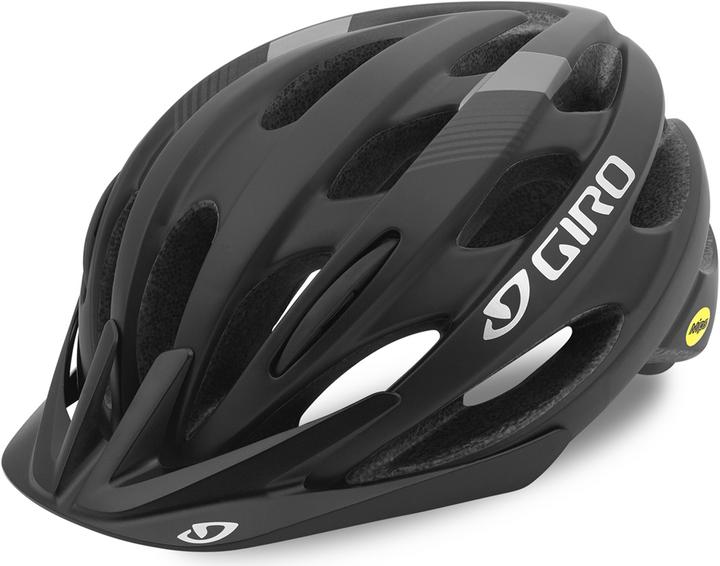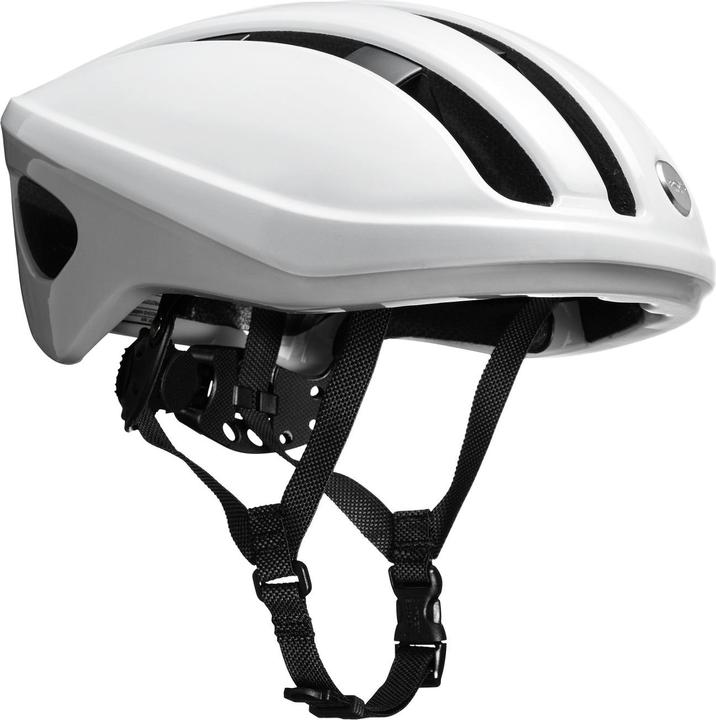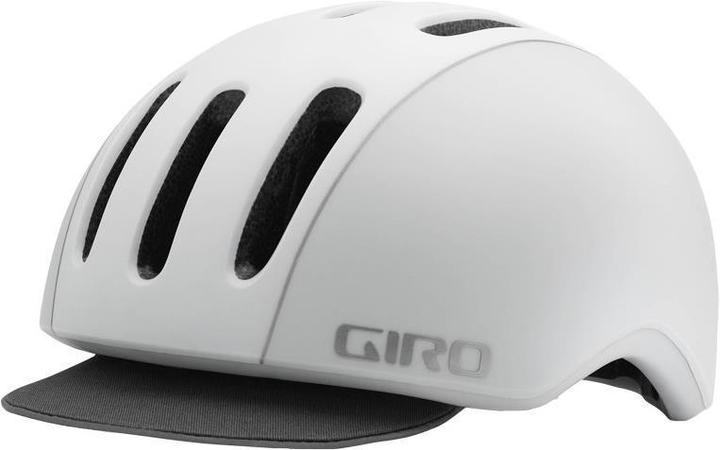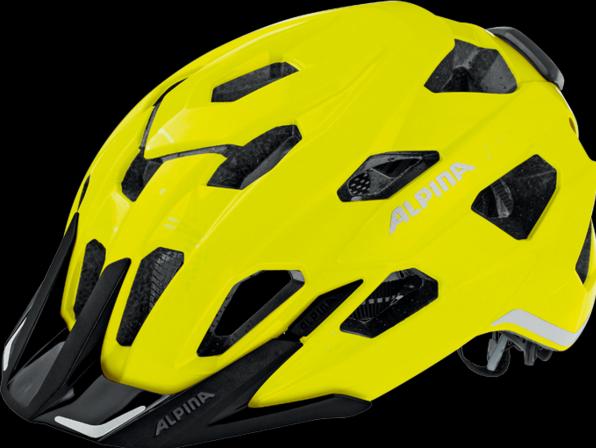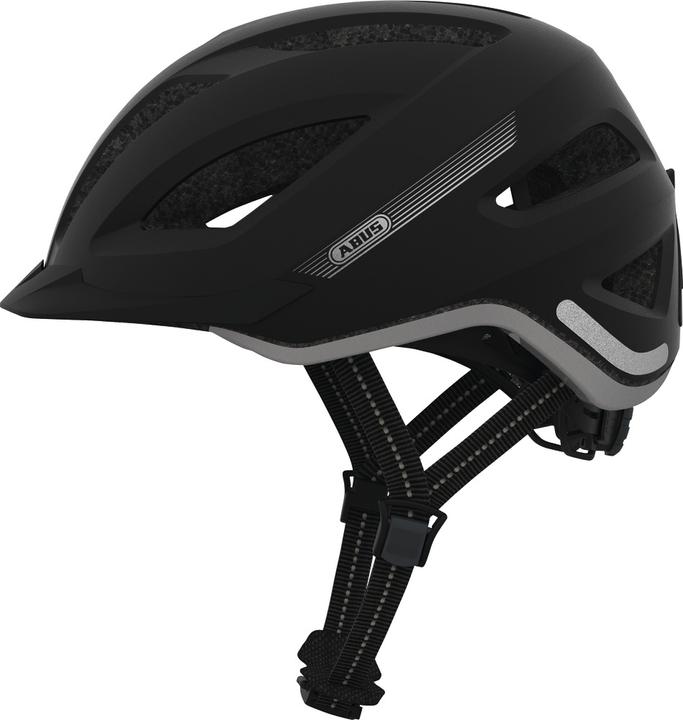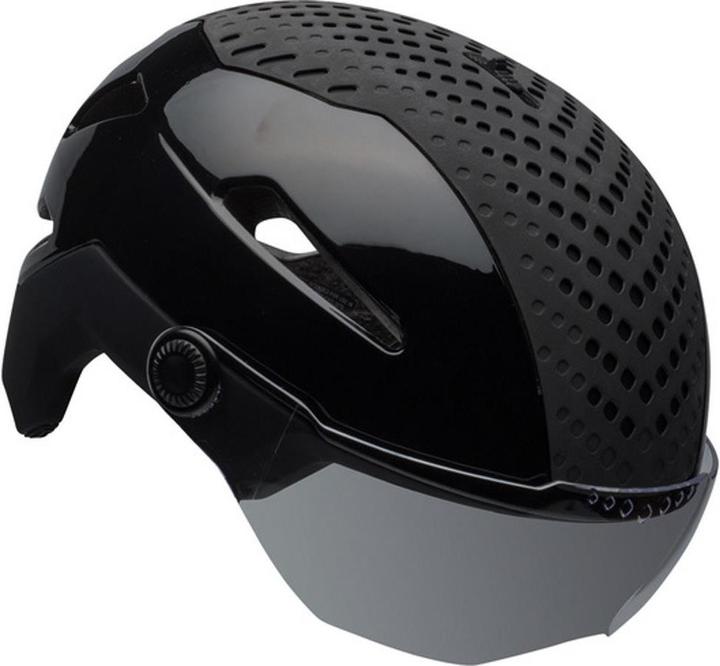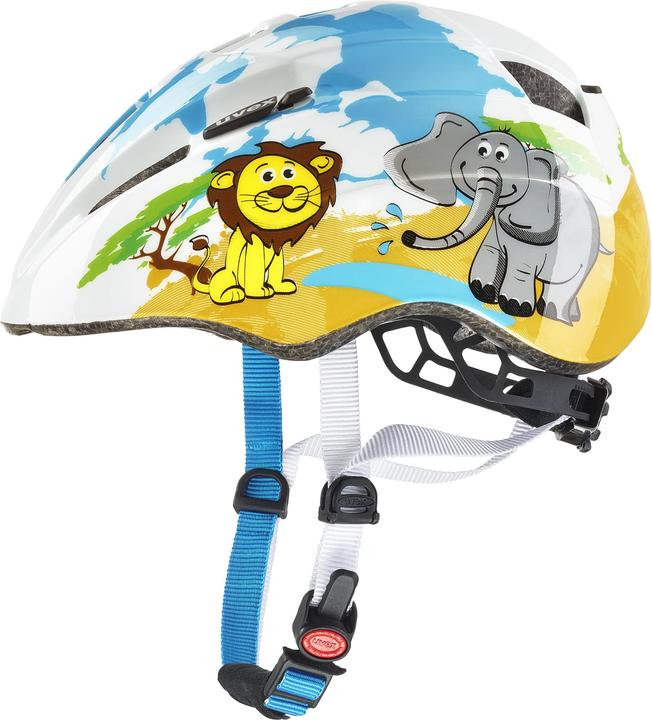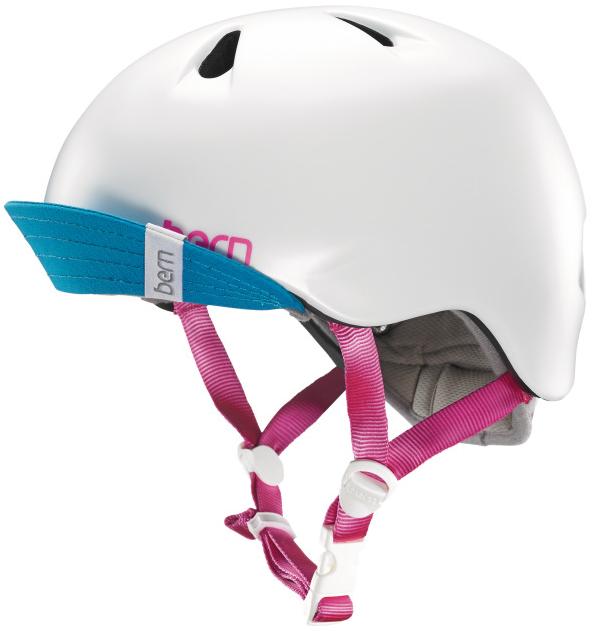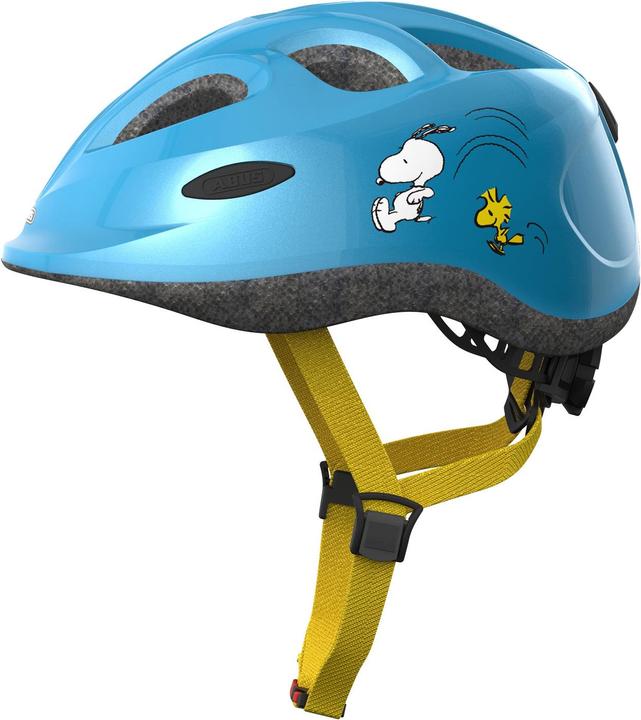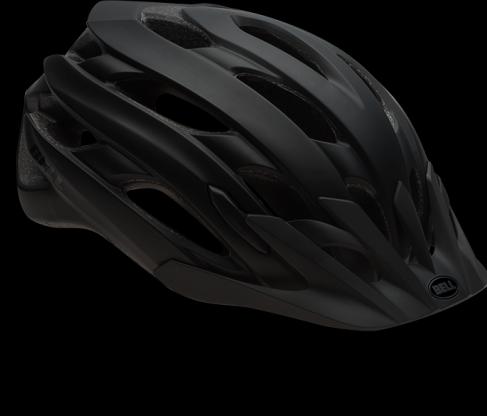
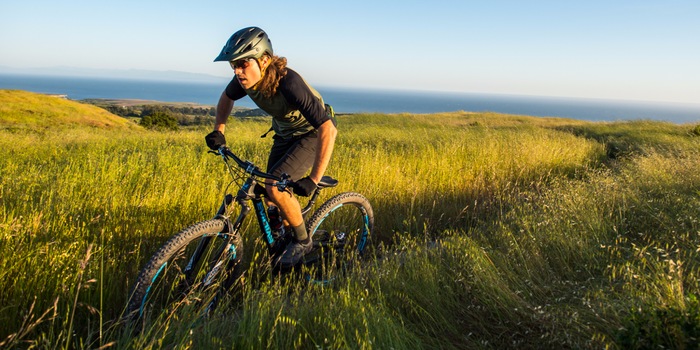
Which bike helmet do I need? An expert knows the answer.
You can find over 1200 different bike helmets at Galaxus. Every cyclist is guaranteed to find the right head protection. But which one is it? I asked helmet expert Phil Walser, who looks after the Bell and Giro brands, among others, at Chris Sports.
Our expert
Phil Walser has been working in the sports industry for 19 years. He has been working for CHRIS Sports, which is exclusively responsible for the Giro and Bell brands in Swiss retail, for over 10 years. By working closely with the brand manufacturers and familiarising himself intensively with their products, Walser has acquired a great deal of specialist knowledge and is an absolute expert, particularly in the field of cycling and snow sports helmets. In his spare time, he is an enthusiastic snow sports enthusiast and mountain and road biker.
The interview
In the interview with Phil Walser, he explains which head protection is right for which cyclist and what you should look out for when buying one.
1. the area of application
According to Walser, the first and most important question when buying a helmet is: What do you need the helmet for? "Of course, it makes a difference whether the helmet is to be used primarily on enduro trails, on the daily commute to work or on rides lasting several hours," says Walser. Accordingly, there are roughly three categories of helmets: bike, racing bike and city helmets.
1.1 Bike helmets
"Not all bike helmets are the same," emphasises Walser and explains the differences to us.
For cross-country riders who speed through the terrain, low weight and good ventilation are crucial.

The same applies to all-mountain riders, although their helmet should be pulled a little further towards the shoulders at the back of the head, as the riding position is more upright than for cross-country riders.
Enduro riders, the expert recommends a full-face helmet with a removable chin section. This allows you to switch between full-face and cross-country helmets depending on the terrain and circumstances.
For downhillers, there is no way around a full-face helmet. Walser emphasises: "Weight and ventilation play a secondary role here. The important thing is that the helmet is robust and solid and offers maximum protection."
All mountain bike helmets // All downhill helmets
1.2 Racing bike helmets
Two factors are decisive for racing bike helmets: ventilation and weight. "With a racing bike helmet, you may be out on the open road for several hours. It's crucial that you don't sweat too much and that the load on your head isn't too heavy," says Walser. In addition to the number and size of the holes in the helmet, the internal air channels play a decisive role in ensuring efficient air intake and exhaust. To ensure that the helmet remains stable - especially in the event of a fall - high-quality models have an integrated roll cage.
According to Walser, the differences in weight and ventilation also explain the massive price differences in racing bike helmets. In addition, the fitting systems of the helmets are often very different: While the fit of helmets that tend to be cheaper can only be adjusted with a simple screw, higher-priced models can be adjusted horizontally and vertically.
1.3 City helmets
"As you generally wear a city helmet for a rather short time, ventilation and weight are not as important as with a racing bike helmet, for example," emphasises Walser. The topic of safety is more important when riding in the city. Walser recommends helmets with eye-catching colours, reflective elements, an integrated LED rear light or with mounting devices for a light to increase the rider's visibility. Models with a cap or "Dächli" are also becoming increasingly popular. Some helmets also come with a separate winter kit to keep your ears and head warm while cycling in the colder months.
In the lower price segment, there are also very simple one-size everyday helmets that fulfil all protection standards but do not offer any special features.
For many urban riders, style is the main priority when it comes to head protection - the helmet simply has to look good.
According to Walser, helmets for e-bikers are also an increasingly important topic. As they are travelling at speeds of up to 45 km/h, a robust helmet that is pulled as far as possible towards the shoulder at the back of the head is essential. "From 2018, there will be new standards for e-bike helmets across Europe," says Walser. What exactly these will look like is not yet known. It is most likely to be protection standards regarding the material and damping effect of these helmets, especially for fast e-bikes.
Bike helmets with an integrated visor are becoming increasingly popular, and not just with e-bikers. "This saves you having to wear extra glasses and protects your eyes, especially at higher speeds," explains Walser.
1.4 Children's helmets
Bike helmets for children are a topic in their own right. Walser explains: "Children are often rather rough on their helmets. It is therefore important to choose a robust helmet. It is also important to ensure that the helmet is pulled far down at the back to offer the best possible protection." Children can use the same bike helmet for biking, skating or scootering. For very young children, you should also make sure that the helmet is not too heavy. This is why in most cases there are no hard-shell helmets for small children.
2. price differences
The price range of bike helmets in our range extends from 36 to 630 francs. Where do these massive price differences come from? "There are big differences in the helmets, particularly in terms of the materials used, the interior, adjustability and the technologies applied," says Walser.
3. the right size
As mentioned, the "perfect" helmet should be designed for the corresponding area of use - but above all, it must also fit well. "The only decisive factor in determining the size is the horizontal head circumference," emphasises Walser. To determine this, use an elastic measuring tape to measure all around from the centre of the forehead to the back of the head. "If you are exactly between two sizes, I always recommend taking the smaller size. A helmet that is too big may not offer enough protection in the event of a fall. The helmet must fit snugly."
4. longevity
And how long does a helmet "last"? "A new helmet has a lifespan of 3 to 5 years - without a fall!" explains Walser. Of course, it always depends on how often the helmet is used and exposed to external influences. The helmet is largely made of plastic, which inevitably ages after a few years due to moisture, UV and blue light. After a heavy fall on the head, you should replace the helmet immediately. "Even if the helmet still looks perfectly intact, you should no longer use it. It's a bit like a car when the crumple zone has been used up and it no longer offers enough protection in the event of another accident."
You might also be interested in:
Interesting facts about products, behind-the-scenes looks at manufacturers and deep-dives on interesting people.
Show all